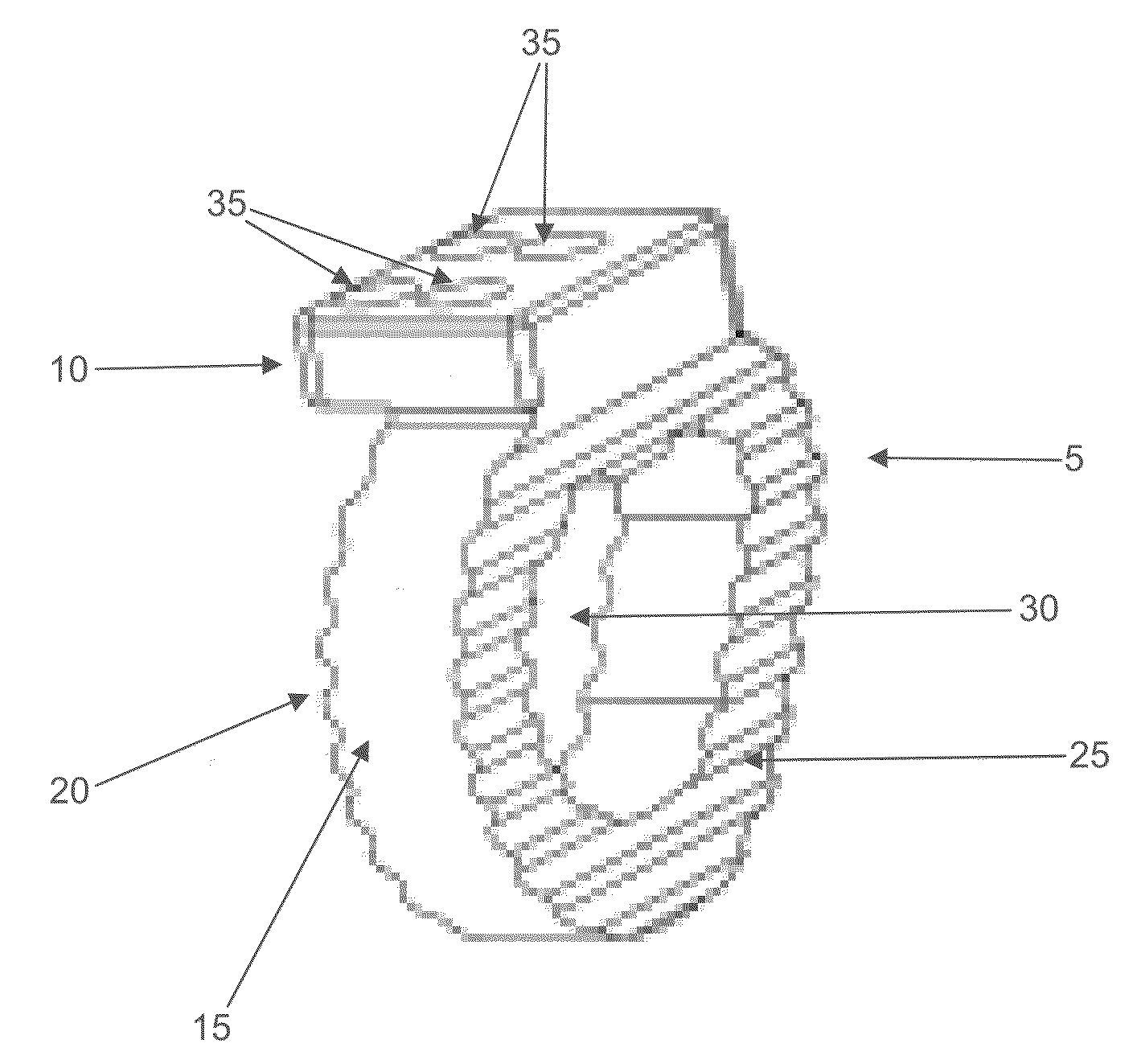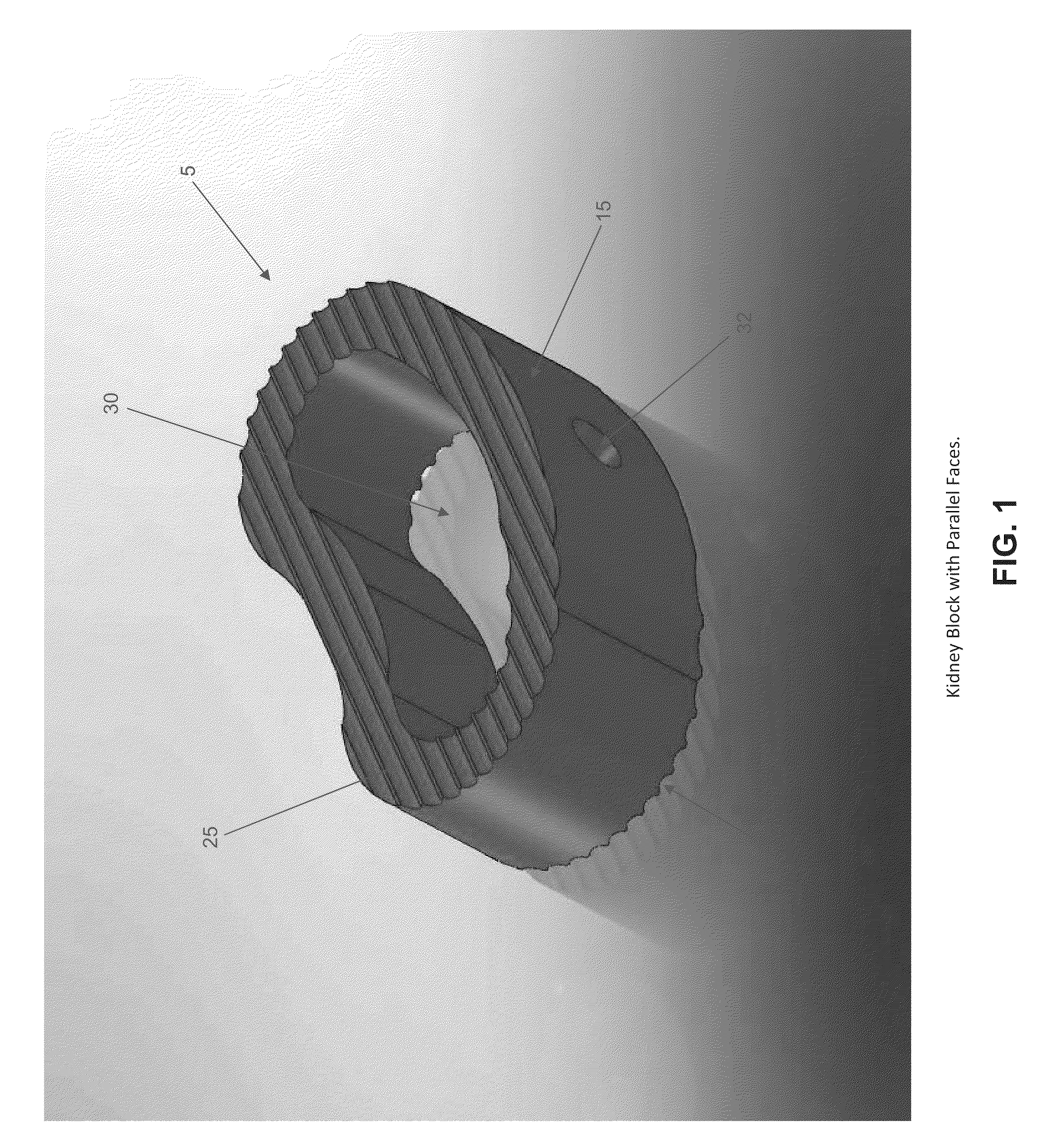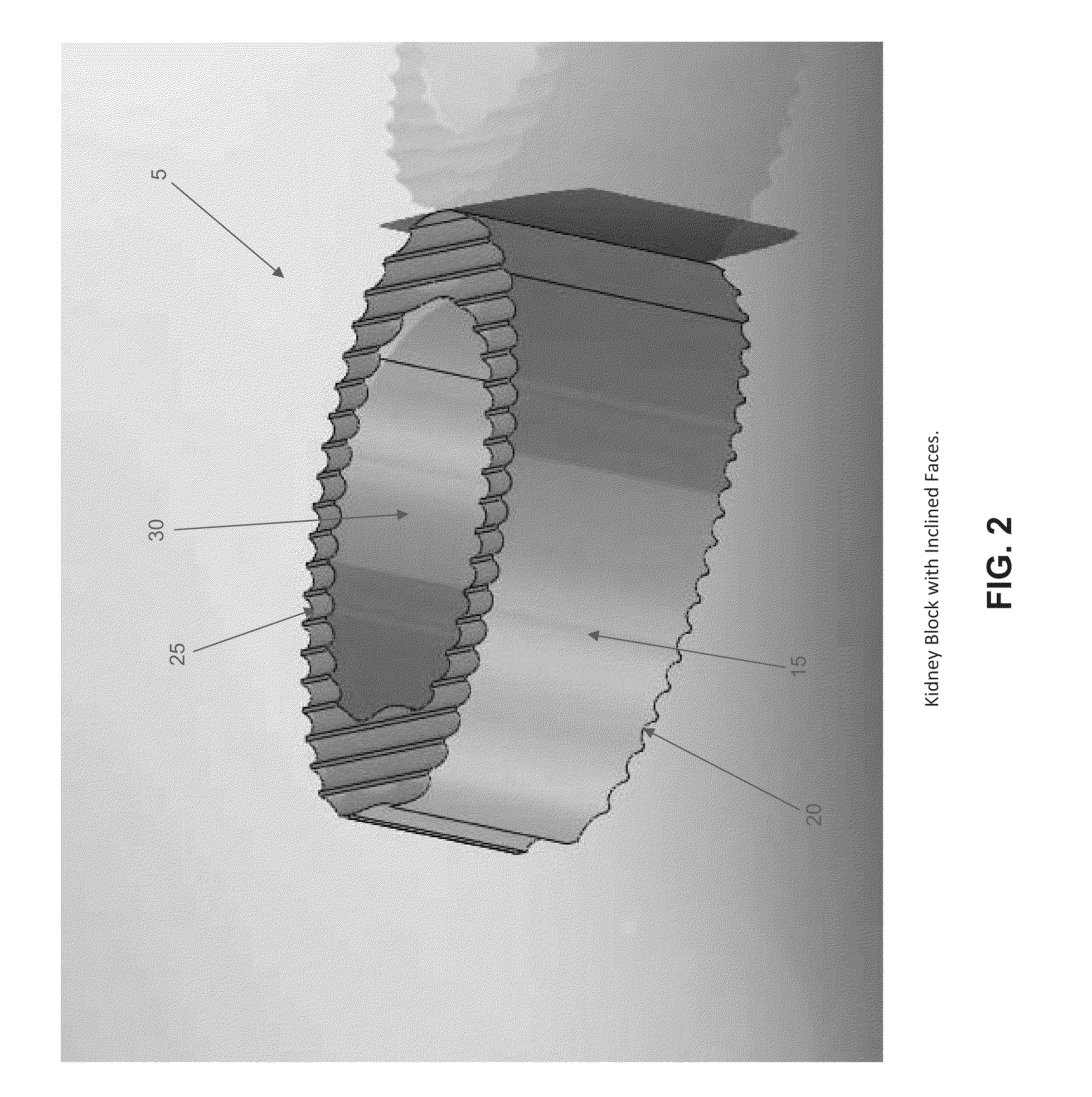Method and apparatus for fusing the bones of a joint
a joint and bone technology, applied in the field of surgical methods and equipment, can solve the problems of affecting the relatively few options for restoring the form and function of the affected joint, and complicating the task of restoring the affected joint to a fully functional, pain-free condition
- Summary
- Abstract
- Description
- Claims
- Application Information
AI Technical Summary
Benefits of technology
Problems solved by technology
Method used
Image
Examples
Embodiment Construction
[0036]The present invention provides a new and improved method and apparatus for fusing the bones of a joint so as to provide relief to a patient.
[0037]More particularly, the present invention comprises the provision and use of a new and improved bone fusion system for fusing the bones of a joint.
The New and Improved Bone Fusion System
[0038]The new and improved bone fusion system of the present invention is adapted to facilitate arthrodesis, open-wedge osteotomies and bone defect healing, as well as other procedures, by maintaining boney position and stability, simplifying dissection and improving fixation at the fusion sites. The new and improved bone fusion system facilitates boney fusions and bone healing by delivering and incarcerating bone graft material at the fusion site. Furthermore, the present invention may be practiced using less invasive techniques so as to minimize soft tissue resection and / or other trauma, reduce vascular compromise and minimize the potential for devel...
PUM
 Login to View More
Login to View More Abstract
Description
Claims
Application Information
 Login to View More
Login to View More - R&D
- Intellectual Property
- Life Sciences
- Materials
- Tech Scout
- Unparalleled Data Quality
- Higher Quality Content
- 60% Fewer Hallucinations
Browse by: Latest US Patents, China's latest patents, Technical Efficacy Thesaurus, Application Domain, Technology Topic, Popular Technical Reports.
© 2025 PatSnap. All rights reserved.Legal|Privacy policy|Modern Slavery Act Transparency Statement|Sitemap|About US| Contact US: help@patsnap.com



